Samhain is fast approaching. Known as the Day of the Dead – Samhain marks the ancient Celtic holiday when spirits are free to roam amongst the living. In addition to alluding to a number of Gaelic feasts, Outlander is full of references to many Highland myths, symbols and superstitions passed down over generations of the Celtic people. Mythology and folklore touch every aspect of Claire and Jamie’s adventures and many of the colorful characters they encounter along the way. So, as we observe Samhain, held annually from sunset on Oct. 31 to sunset on Nov. 1, what better day to examine a few aspects of Outlander’s rich world of symbolism and imagine how life must have been when medicine and science were often cast aside for demons and superstition. Let’s begin…
In the pilot episode, Frank Randall memorably says to Claire, “There’s no place on earth with more magic and more superstition mixed into its daily life than the Scottish Highlands.” How prophetic that turn of phrase proved to be as we moved forward with Outlander’s many epic tales of travel, adventure and peril. Of course, all of the television series is grounded in Diana Gabaldon’s wonderful novels and Diana knew you couldn’t base a story in 18th century Scotland and leave out what was so much a part of daily life at that time. Superstitions and Symbols play an enormous role in Outlander often carrying over from book to book. The references are so numerous and so vast, however, I will try to concentrate on exploring just a few and maybe passing along a few tidbits that you might not have known.
Stone Circles and Druids
The “veil of time” is often referred to in Outlander. It’s believed that Claire – on the eve of Samhain – was able to more easily pierce the veil and travel back in time – however unwittingly – due to the astronomical orientation of the stones at Craigh na Dun. Or, at least that’s what Diana Gabaldon decided the stones would be used for! In Diana’s research on Scotland, she read often of Stone Circles and their supposed astronomical powers. In some legends, the stones were transported to places such as the Highlands and other locations throughout Europe by Celtic Giants. Frank Randall makes this point as he and Claire ventured to the stones in Episode 1.01, to observe the Druids’ sun dance. Some stones are said to move around from site to site and others were known to make noise, such as the loud buzzing and roaring that Claire heard at each of her trips to the stones at Craigh na Dun. While Craigh na Dun is fictional and does not actually exist, there are over 900 actual Stone Circles or structures across the United Kingdom. Some of the most famous are Clava Cairns near Inverness. And, there are several relatively recent discoveries of Neolithic sites on the Orkney Islands — in the remote northern isles of Scotland. Diana Gabaldon recently visited Orkney and was quoted as saying that Orkney and its prehistoric beginnings spoke to her and that she will write in some future book about Master Raymond, the quirky apothecary who befriends Claire in Book 2, “Dragonfly in Amber.”
“The moment I looked at Skara Brae, I said, OK, this is it. This book will focus on Master Raymond, and Orkney is part of his story. I don’t know what the whole story is yet—I just feel this deep resonating connection with him in Orkney.” (Diana Gabaldon interview with National Geographic, August 10, 2014).
Skara Brae is an ancient stone village – one of Orkney’s most visited sites and regarded to be one of the most remarkable monuments in Europe. Radiocarbon dating in the early 1970s confirmed that the settlement dated from the late Neolithic — inhabited for around 600 years, between 3200 BC and 2200 BC. Sounds just about right for Master Raymond. I will be eagerly anticipating that book!
Witches, Demons and Devils
“So, I was telling my husband that I’d really like a witch trial, but it doesn’t fit. He looked at me and said, ‘You start right off with a book in which you expect people to believe that Stonehenge is a time machine, and you’re worried that your witches are 20 years too late?’ [Laughs] So, I did stretch that point. I figured that possibly this witch trial was an ad hoc affair that didn’t make it into the record. That’s the only place where I can remember I deliberately moved something that I knew was not quite there.” — Diana Gabaldon interview with National Geographic, August 10, 2014
So, there you have it. Thankfully for us, Diana shifted time (again!) and gave us one of the most vivid and dramatic scenes in Book 1 and Episode 111 of the TV series, “The Devil’s Mark.” Unfortunately for Claire, her reputation as a Witch or “White Woman” never quite leaves her as we see in subsequent books in the Outlander Series. I think there is a part of Claire who wonders whether the power she possesses as a healer may, indeed, be something more of a mystical nature. In Episode 103 of the STARZ series, Geillis says to Claire, “There are powers beyond our ken – beyond what we can see and hear and touch. Demon, fairy, devil, doesn’t matter what name we put on them.” When Claire looks skeptically at Geillis, she adds, “Have you ever found yourself in a situation that has no earthly explanation?” At that you see Claire’s face cloud as she remembers her mysterious trip through the stones at Craigh na Dun.
Water horses and Kelpies — and other mythical(?) Scottish Sea Creatures
There are literally thousands of lakes — or lochs — in Scotland. However, the preponderance of the lochs are found in the Scottish Highlands where legends abound about the mysterious creatures that inhabit them. There are several creatures that dominate the lore in the Highlands. Kelpies — thought to inhabit streams, rivers and waterfalls; Water horses — known to lurk in lochs or lakes and Water Bulls — less aggressive and more benign then Water horses. Most of these creatures are thought to be “shape-shifters.” They can disguise themselves as many things with the sole purpose of luring humans or other animals to their doom. It is said that they often transform into beautiful men or women or a magnificent horse or pony and when an unsuspecting loch-goer comes in contact with the skin of the Water horse they become stuck fast and are dragged into the loch to be devoured by the creature. Roger Wakefield — in perhaps not so flattering of a comparison — once likens his fascination with the wild and willful Brianna Randall to that of a Water horse when he thinks, “Once a man has touched the mane of a water horse, it’s no simple matter to let go.” He then goes on to picture the old kelpie rhyme:
And sit weel, Jenetie
And ride weel, Davie.
And your first stop will be
The bottom of Loch Cavie. — Drums of Autumn, Chapter 19
In both Book One, “Outlander” and the STARZ show (Episode 108 “Both Sides Now”), the malevolent feel of the underwater legend is juxtaposed with Clan MacKenzie’s worry as another Clan raids them and tries to steal their horses. Rupert tells the tale of a water horse that steals away a human wife who remains cold and unhappy thereafter:
In the tale that Rupert tells it’s the horse that steals men. But, at the MacKenzie camp that night it’s men stealing horses. However, all this talk of demon-like monsters seeking to drown and kill unwitting humans flies in the face of the most famous Water Horse — that of Nessie of Loch Ness. While early legend has it that the creature was provided sacrifices in order to keep local loch-goers safe from its wrath, Nessie has since transformed into a more good-natured creature. She has inspired a virtual cottage industry for the tourist shops that surround the Loch and the lake boats that take literally thousands of visitors out on the Loch every day in search of a Nessie sighting.
In the first book, Claire actually sees the monster. Series author, Diana Gabaldon, explains.
Now if you believe that time travel is possible — and both Stephen Hawking and I think it is — then you don’t have to have either a set quantity of biomass or a breeding population of monsters. All you need is a time-portal under Loch Ness, which would occasionally allow a prehistoric creature to pass through it. — “FAQ” Diana Gabaldon Official Web site
Time traveler meets time traveler. Claire notes of her encounter, “Oddly enough, I was not really afraid. I felt some kind of kinship with it, a creature farther from its own time, than I.” — “Outlander,” Chapter 19.
Another creature we see referenced several times in Outlander is the Selkie, or Silkie. The selkie legend refers to a “mythological creature said to live as a seal in the sea but become human on land.” (“Outlander,” Chapter 24). The stories however all evolve the same way where a man steals a selkie’s sealskin, she turns into a woman and they are wed. Eventually, however, the woman discovers the stolen skin and returns to the sea.
Claire is actually told a story about Jamie’s mother and father and their controversial union — apparently the stuff of legend as perhaps a way to explain the unlikely pairing of the two. Brian Fraser, black-haired and often referred to as “Black Brian” with hair like a selkie was Ellen MacKenzie’s erstwhile suitor. Village folk would tell the tale that Ellen MacKenzie was taken to the sea to live amongst the seals. (“Outlander,” Chapter 24). This corresponds with the story of Brian Fraser creeping into Clan MacKenzie one night and stealing away Jamie’s mother. The legend also closely parallels Claire’s own life, a mystical woman trapped in Scotland, unable to return to her birthplace (and time) and forced to marry a Scottish man of that time. The man is able to keep the woman for a while but ultimately must allow her to return to her real home.
So many wonderful Scottish myths and legends to be told as these are only a wee few. Any Scotsman you may stumble upon in your travels there will most certainly have a ghost story to tell in a way only a Scot can. Just another reason to love Scotland and its mythical Celtic culture!
Finally, as Samhain draws near, remember to stay alert as the sun sets and night falls on Samhain eve. This is a time where the spirits are close and fairies are known to be particularly active. Spirits and souls of loved ones have more power and an enhanced ability to visit. Hopefully, the visiting spirits are welcome. Or, maybe you’ll be lucky enough to see Jamie’s ghost! Either way, it’s a good time to pay respect to ancestors, family members, friends, pets and other loved ones who have passed on. And, also, a wonderful time to rejoice in the gift of Outlander and the history, superstitions and wonderful symbolism of 18th century Scotland. Samhain Blessings to all!






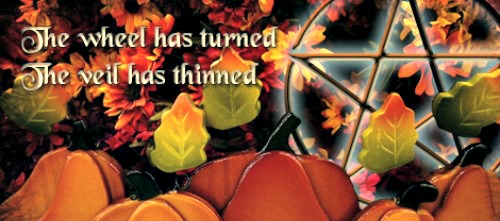

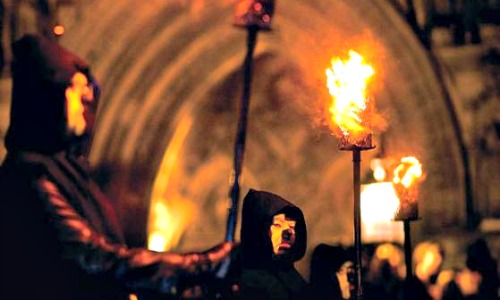
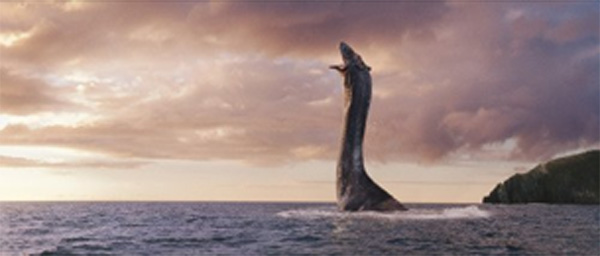
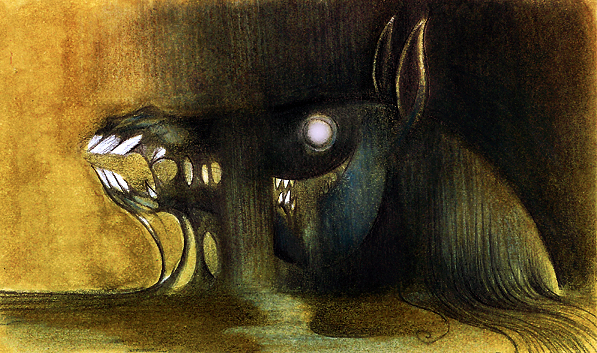
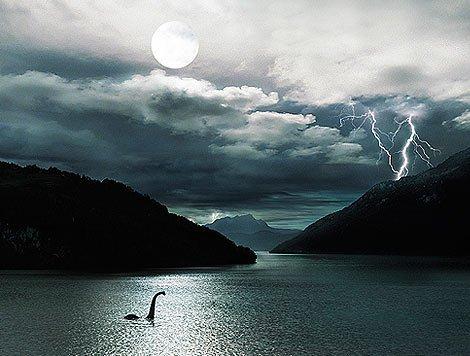
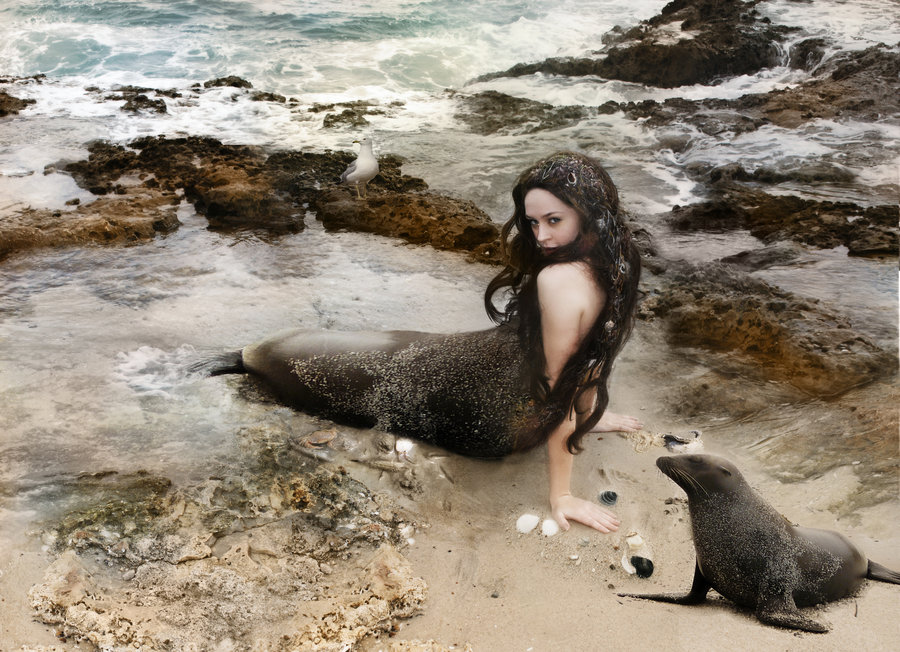
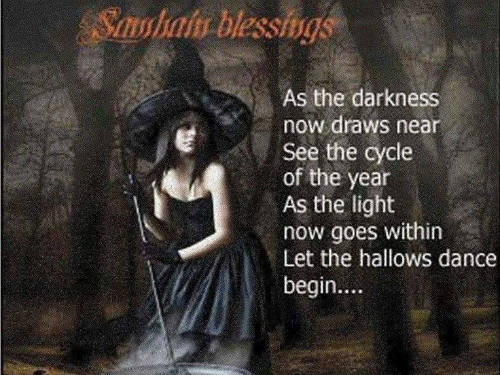
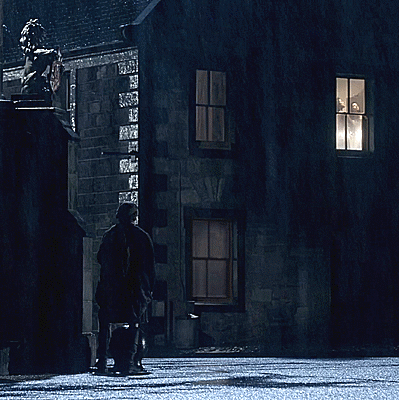








12 Comments
Leave your reply.